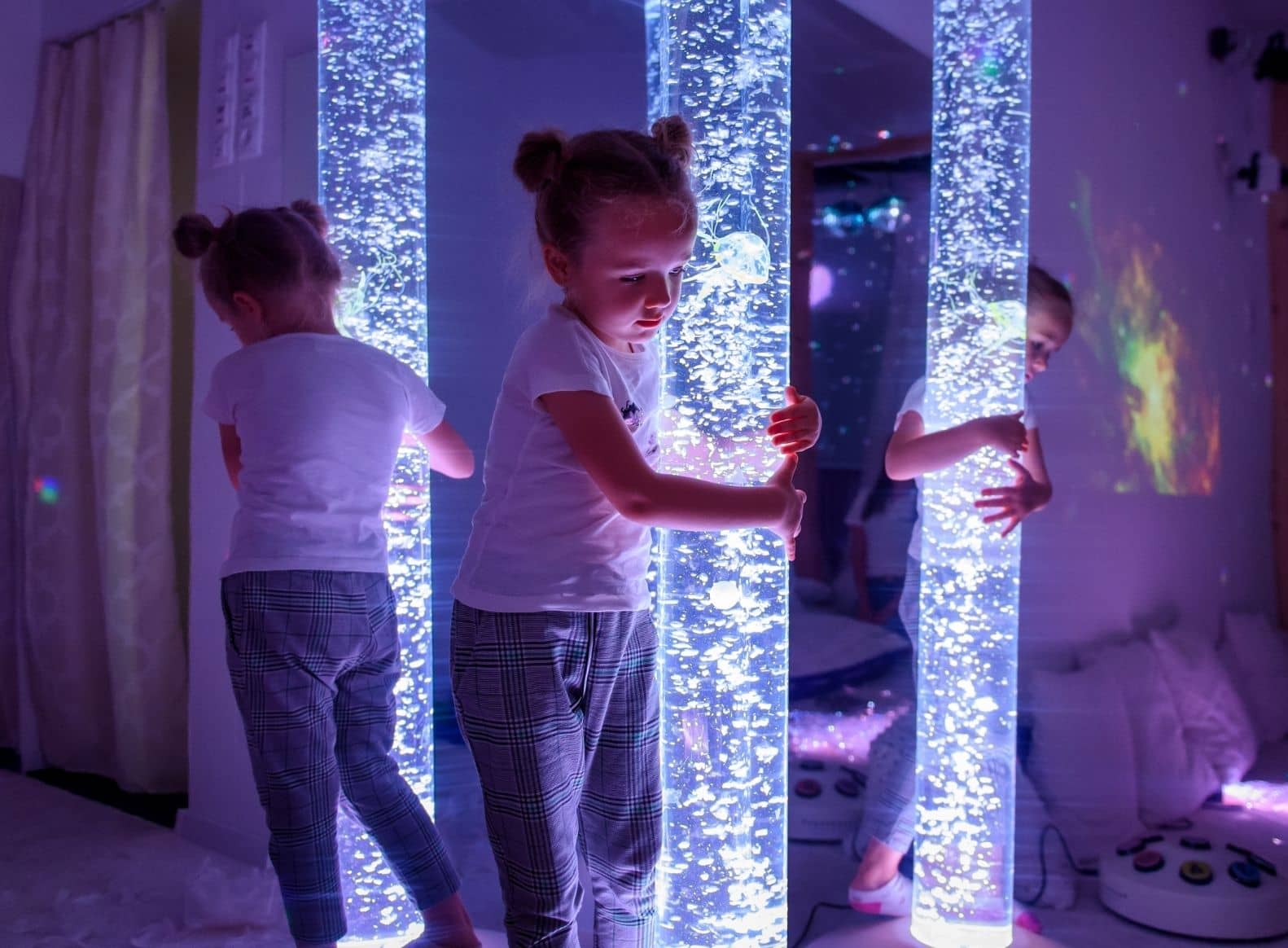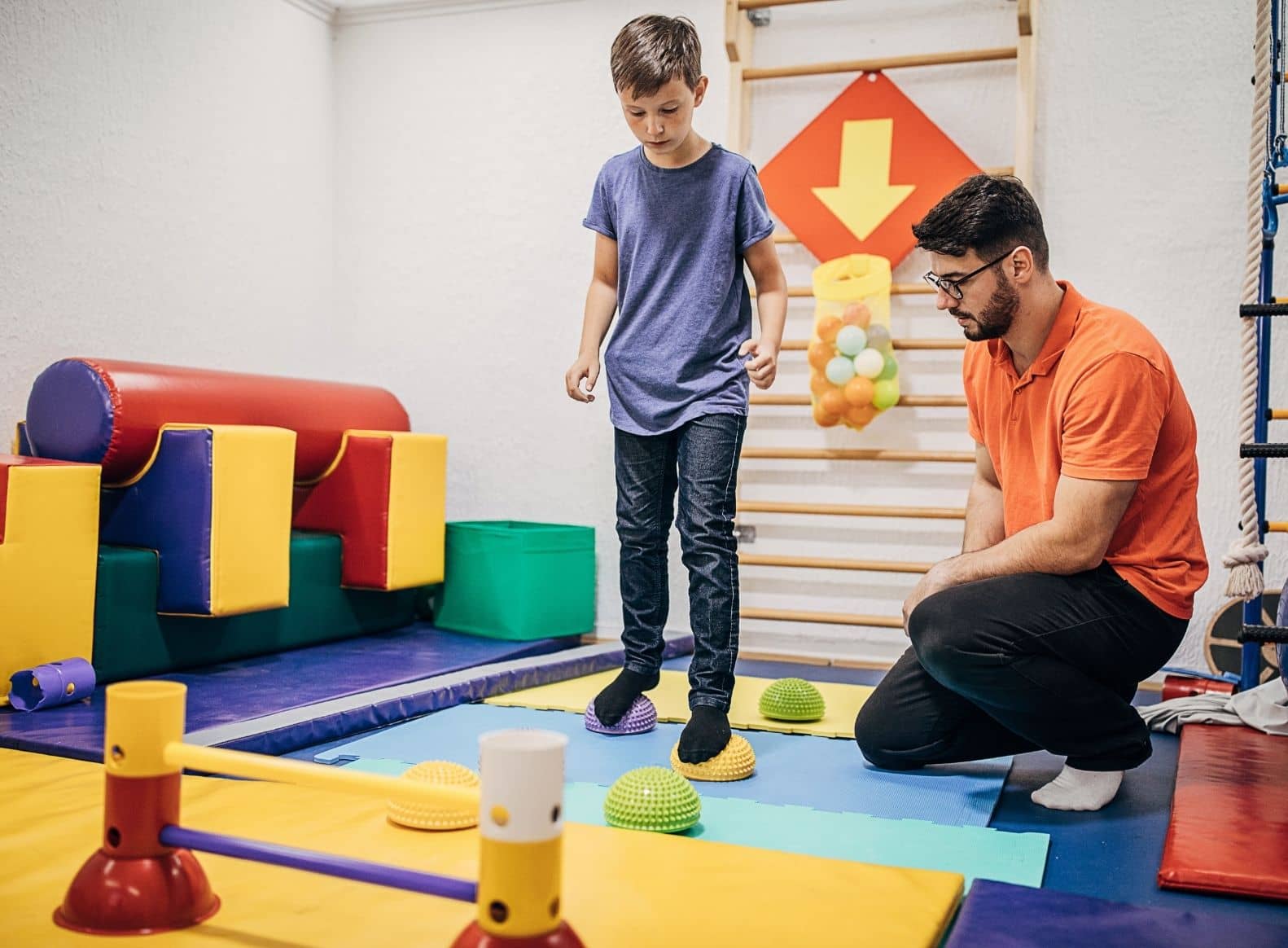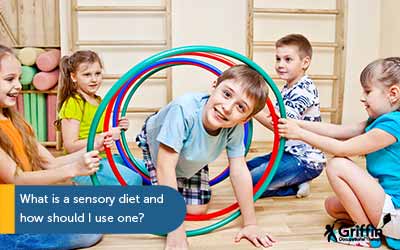Support regulation with a sensory room
You have been given the task of creating a sensory room or space in your school. It’s an exciting opportunity and you want to get it right. You might be imagining bubble tubes and ball pits whilst thinking about how to get the best value for your budget. There are a million ideas buzzing around in your head and there are a million and one questions. In this article, I would like to answer some of them for you. I will explore ten questions that you need to consider for when designing your sensory room or space.

Support regulation with a sensory room
You have been given the task of creating a sensory room or space in your school. It’s an exciting opportunity and you want to get it right. You might be imagining bubble tubes and ball pits whilst thinking about how to get the best value for your budget. There are a million ideas buzzing around in your head and there are a million and one questions. In this article, I would like to answer some of them for you. I will explore ten questions that you need to consider for when designing your sensory room or space.
What are the child’s sensory regulation needs?
The first question you must ask yourself is, ‘What are the children’s needs?’ Far too often, sensory spaces are created before really considering this question. The answer will vary from school to school. Special schools will have different needs to mainstream schools. Autistic children have different needs to children with attachment disorders or Down’s Syndrome.
Before you consider the space itself, you must consider the children. What are their sensory regulation needs? If you’re not familiar with arousal and regulation, I would recommend reading this article before you continue. The regulation needs of the children must always underpin the choices you make.
Increase vs decreasing arousal
Often when people think of sensory spaces, they think of calming children down. This is important, but it is also important to consider the needs of children who need to increase their arousal levels. Some children may also find movement or heavy work helps them to calm down more readily than a quiet space. It is important that you consider how you will support these varying needs. You may need two different spaces, one to calm and one to alert.
What senses support the child
You also need to consider which sense/s are most regulating for the children. This will dictate the resources that will be most helpful in your sensory space. If you have children who are regulated by movement, visual resources like bubble tubes might not have any impact. If your children prefer quiet, a large sound system probably won’t be helpful. To have a successful space, you must match the sensory resources to the children’s sensory needs.
Before you think about equipment or resources, you must think about the children’s needs. Their regulation needs and sensory preferences should be at the centre of your planning.
How will the sensory room be integrated into the school’s overall behaviour management policy?
The second question to ask is how will the room it will fit in with the school’s overall approach. When will staff be available to support children in the room? A at what point in your behaviour management policy or plan you will use it? Is it a proactive strategy children can use before they dysregulate, or a space they go when they are dysregulated. It could be for both and might be different for individual children.
What does your available sensory space look like?
This is quite an obvious question, but the space available will dictate how you can set it up and the resources you can include. Do you have an entire room? How big is it? Will it always be available, or does the space need to be shared with other activities? The room size will impact the resources that will fit. If it is a corridor space, you may need to consider screens or curtains to reduce visual distractions.
Also consider how many children might be using the space at any one time. If it will be multiple children, you may want to set up different stations or places children can use. A small tent or screens can be used to break the space up. If it is shared with other lessons, then you also need to consider what children will use when the space is not available.
How big is your budget for the sensory room?
Your budget will be a big consideration as it will dictate what types of resources you can afford. Larger items like swings and bubble tubes can be very expensive. Some of the inexpensive equipment and online resources are poor quality. Mid-range priced items can sometimes last a bit longer. Your budget will need to accommodate this. It’s important to consider costs for set up and storage.
Include a maintenance budget for the sensory space
It is also important to consider an ongoing maintenance budget. Smaller sensory toys, like fidget toys, will break and typically need replacing termly. Larger items, like swings and bubble tubes, may need an annual service. If you have beanbags or a ball pit, you will probably need replacement beans and balls every so often. The needs of your children may also change over time. It is helpful to ensure there is an ongoing budget to support the sensory space each year, rather than a one off set up budget.

Consider staff availability
In schools, it is very important to consider how will adult supervision be provided to children in the sensory rooms. Typically, children who have poor regulation skills, need support to co-regulate initially and when they are highly dysregulated. It is important to consider in advance how you will staff the sensory space.
Which staff will receive sensory training?
It’s very common that teaching staff have not received training in the senses or supporting regulation. This means they are not always skilled at using sensory rooms or spaces. They might not understand the goals of using the space or the risks associated with it. I would highly recommend that staff have received some training to support them when using the space.
- My Sensory Aware training equips staff with the knowledge and skills they need to support sensory regulation. It explores arousal, regulation, goal setting, managing risks and how to use specific sensory supports successfully.
- If a company is building the space for you, make sure you set up a training handover session where they show you how to use the equipment. I would recommend filming this and making it available to new staff.
- If you are working with PMLD/MLD populations, Joanna Grace at The Sensory Projects has some excellent resources.
- My book Success with Sensory Supports also outlines the fundamentals of using sensory strategies to support regulation.
How will you manage the risk assessments for the sensory equipment?
It is important to consider the risks associated with each piece of equipment in the sensory room. Bigger pieces of equipment, like swings, have larger risks associated with them. But it is also important to consider risks, like choking, associated with small pieces of equipment. Staff should also have knowledge of the signs of over-arousal so that they can adapt the child’s interaction in the space as needed.
There should be a maintenance and cleaning plan for the space and equipment. It’s important to check with the provider if there is any annual maintenance required. For example, electrical equipment will need to be added to your electrical safety check list. It is helpful to a have a designated staff member who is responsible for checking working the state of equipment regularly. They can also take charge of monitoring equipment cleaning.
It is recommended that there are written risk assessments for each piece of equipment. These should outline the risks for both children and staff. They can also identify correct usage of the equipment. Level 3 of my Sensory Aware training provides example risk assessments for common equipment.
You may also need individual risk assessments for individual children. This will depend on the school and the children’s needs. You may be able to include specific risks on the child’s goal sheet so that staff are readily aware of these. For example, if a child doesn’t have adequate postural control to stay on a specific swing, or if they chew a specific item in the room.
What resources will be needed for the sensory room?
The children’s needs will give you the answer to this question. If your children’s sensory profiles indicate they have sensitivity to noise and find visual inputs calming, then your space should accommodate this. However, if they are regulated by movement then you will need completely different resources. Your occupational therapist can help with the children’s sensory profiles, there are also sensory checklists in my Sensory Aware training (Level 2).
It is unlikely your children will have the same needs, so you will have to consider how the space can accommodate different needs. The availability of staff and risk assessments should also be considered as this will impact the suitability of some items. For example, therapy balls should always be supervised by an adult, and some brands include latex so they wouldn’t be suitable if the child or adult had a latex allergy.
A note on quality and children’s ages
It is important to make sure the equipment has the appropriate quality rating, for example in the UK a CE mark. Unfortunately, not everything purchased online has this level of quality. If you have children who will put toys in their mouth, it is also important to make sure they do not have small or detachable parts. If a toy is marked suitable for under three years, it is usually ok. Make sure you check the toy packaging to ensure it is not a choking hazard.
Storage of resources in the sensory room
It is important to consider is how will you store the items. It can be helpful to have designated boxes for small items so that they are contained. To make sure the space is not overloading, you may also want to have storage that allows you to reduce the options in the room. For example, a small storage cupboard within the room. In addition, it can be helpful to have a box for items that need to be cleaned.
What resources do you already have?
It might be that you already have resources in school which you can use in the sensory room. These might be scattered in different places, rather than organised into one space. You can also test these items to see which ones are successful before purchasing more.
What additional resources do you need for your sensory space?
Hopefully by now, you have realised these need to match the needs and goals of your children. If you can identify the senses you want to support, this will help you narrow down the types of sensory equipment you need. When the goal is regulation, you can also consider non-sensory strategies like colouring in or reading.

Can you buy one to test?
If it is possible to split your budget, I would highly recommend putting in a small order initially which includes one of each item you are considering. This way you can test the items to find out what works for your children. If it works, you can purchase more, if it doesn’t work you haven’t wasted your budget on resources that aren’t helpful for your children’s needs. Don’t let the marketing team from the big companies talk you into all the bells and whistles, really consider what you need for your school and children.
Where will you record and review children’s goals?
As I noted above, each child has different needs and will have different goals when using the space. It is important that these are recorded in a clear way and shared with staff who are supporting the children. Goals will vary depending on your space and school set up.
Sometimes the space might be used to support learning and turn taking. In other schools, it will just be used to support regulation. Regardless, it is important to ensure that there are clear goals identified for each child. These should match to their needs, be clearly documented, and reviewed. All staff supporting the child should be aware of them.
How will you teach children to use the sensory space successfully?
Finally, it is important to consider how you will support the child to use the sensory space successfully. If the space is being used for learning, the teacher will have a lesson plan. When the space is being used for regulation, it can help to use it alongside your emotional regulation programme. For example, some schools use Zones of Regulation to support emotional awareness and use of sensory regulation strategies.
As noted above, children often need help through co-regulation before they can self-regulate. They may be able to use the space independently when they are a little bit dysregulated but need adult support when more highly dysregulated. Over time their independence should increase.
Most children will benefit from practice using the sensory room when they are regulated. You can use role play to practice how the space is intended to be used. Make sure children have had a chance to test out the resources when they are organised, so that they know what their preferences are when they are dysregulated. If the child struggles to choose an appropriate strategy when dysregulated, consider having a clear visual plan for them on the wall.
Myth busting sensory rooms
This SENDcast podcast with Joanna Grace is an excellent listen to explain the dos and don’ts of sensory rooms. I agree with Joanna that sometimes a darkish room with a soft seat would be just as appropriate!
Conclusion
I know how exciting it is to be able to create a sensory room or space in your school. I do not want to be the kill joy; however, I believe by considering the above questions you will be able to create a much more successfully sensory space. Good luck, I’d love to see some pictures. You can load them onto any of my social media channels (links at top of page). If you want to learn even more, you can join my Sensory Aware training.



